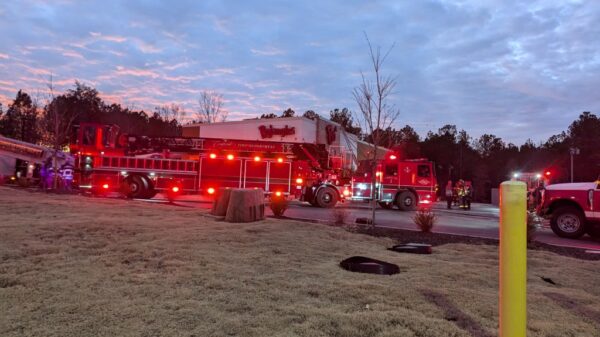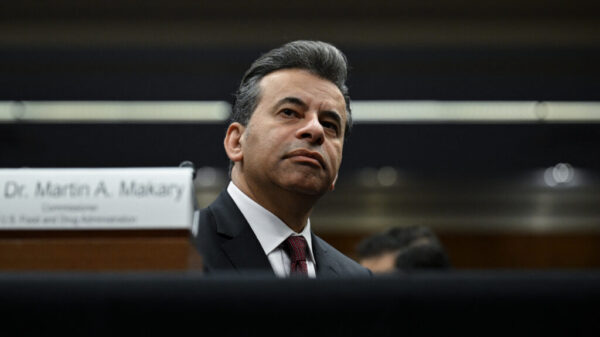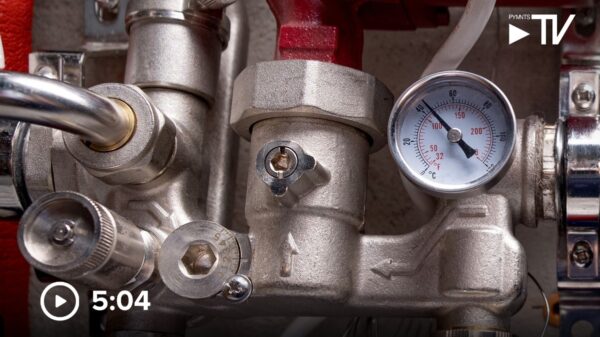Electric vehicle (EV) fast chargers, while promoting cleaner transportation, produce harmful fine particulate pollution that can exceed urban background levels. A recent study from UCLA, led by environmental health professor Yifang Zhu, found that the air quality around these chargers can contain particulate matter levels over twice as high as typically found in urban environments.
The research revealed that when a DC fast charger is in operation, its cooling fans stir up fine particles generated from brake and tire wear, along with dust and dirt. Measurements taken near fast chargers in Los Angeles showed fine particulate matter, or PM 2.5, concentrations ranging from 7.3 to 39 micrograms per cubic meter. In comparison, the general urban air quality in California typically ranges from 3.6 to 12.4 micrograms per cubic meter.
Health Implications of Fine Particulate Matter
Zhu emphasized the health risks associated with exposure to fine particulate matter, stating, “There’s no healthy amount of fine particulate matter to breathe.” He noted that around fast chargers, the PM 2.5 levels can reach as high as 200 micrograms, significantly above the urban background levels of 7 to 8 micrograms per cubic meter in Los Angeles.
The study analyzed 50 fast chargers throughout the city, finding that even though the chargers do not emit the particles directly, their powerful cooling fans create vortexes that lift settled particles into the air. The highest concentrations were detected near the power cabinets of the chargers, which are often situated close to busy roadways.
Zhu advised against standing directly beside a fast charger while it operates. “We measured at different distances from the chargers,” he explained. “Fortunately, a few meters away, the concentrations drop quite a bit. A few hundred meters away, there’s no noticeable difference compared to background levels of pollution.”
For those who need to charge their vehicle without moving away, wearing a quality mask designed to filter out PM 2.5 particles can provide some protection. Masks that have been tested to filter up to 95% of airborne particles can significantly reduce exposure.
Context and Future Considerations
The findings are particularly relevant in light of California’s rapid expansion of EV infrastructure, with 1,938 fast chargers currently in operation across the state. The state has a total of 9,900 chargers, reflecting a growing commitment to electric mobility. While the environmental benefits of EVs are well-documented, this new research highlights a potential oversight in the discussion around their impact on air quality.
As electric vehicles replace traditional gas-powered cars, the reduction in tailpipe emissions remains a significant advantage. Nevertheless, the study serves as a reminder that the adoption of new technologies must consider all environmental impacts, including those associated with the infrastructure supporting them.
Zhu concluded that while the air quality may be compromised near fast chargers, the long-term benefits of switching to electric vehicles outweigh these concerns. “Stand back,” he advised, “and then enjoy emissions-free driving when you’re done.”
In summary, while EVs represent a crucial step toward reducing greenhouse gas emissions, awareness of the particulate pollution generated during charging is essential for ensuring public health.







































































